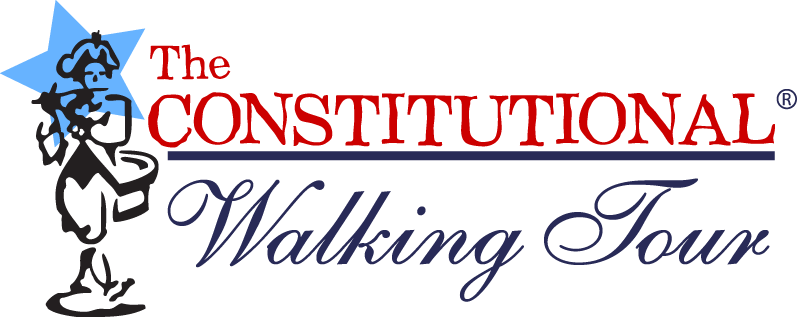Related Posts
- Buy Tickets for The Constitutional Walking Tour of Philadelphia – See 20+ Sites on a Primary Overview of Independence Park, including the Liberty Bell and Independence Hall
- Belmont Mansion and the Underground Railroad
- Lemon Hill Mansion
- Mount Pleasant Mansion
Strawberry Mansion is the largest of the Fairmount Park Historic Houses, and today its halls are adorned with antiques, fine art, and other valuable items from the 18th and 19th centuries. But within those centuries, the same halls were passed through by several fascinating figures from American history. The property’s first owner was Quaker lawyer William Lewis, who purchased 13 acres of land in 1783 before finishing the home’s construction in 1789.
Originally called “Summerville”, Lewis fittingly spent his summers at the quiet Federal-style cottage. William Lewis was a titan of the early American legal scene, best known for having been the principal author of the first piece of legislation abolishing slavery in the United States; the Act for the Abolition of Slavery. The Pennsylvania legislature adopted the act in 1780, making Pennsylvania the first American state to abolish slavery.
Before this monumental accomplishment, Lewis rose to prominence defending the Quakers’ right to refuse pledging allegiance, paying taxes, or fighting for the Continental government. Although he was a supporter of the American Revolution himself, his defense against treason charges levied onto Quakers laid much of the groundwork for conscientious objection.
Other cases that Lewis handled covered substantial issues, including British debts, privateering and slavery. One notorious case Lewis managed was the treason trial for the infamous 3rd Vice President Aaron Burr, who is best known for killing Alexander Hamilton in a duel.
The trial did not involve the duel, but instead involved Burr attempting to seize lands from Texas and pieces of the Louisiana Purchase to form an independent state. Aside from his notable legal resume, William Lewis was a highly esteemed advisor as well, advising George Washington, who had appointed him to Federal judicial positions, as well as advising Alexander Hamilton on The First Bank of the United States (a stop on The Constitutional Walking Tour).
Lewis’ prestige, however, did not save him from diminishing fortunes. By the time of his death in 1819, William Lewis had fallen deeply in debt. Two years later, Summerville was sold at a sheriff’s sale to longtime U.S. Representative Joseph Hemphill, who radically renovated the estate by nearly tripling its size with spacious neoclassical wings. A Grecian plaster-carved medallion adorned the ceiling of an opulent ballroom that exists to this day with original furniture intact. Hemphill served as a Judge of Philadelphia’s District Court, and during his six terms in Congress, he entertained notable figures of the early 19th Century such as John C. Calhoun and Daniel Webster. Even the Marquis de Lafayette visited Hemphill at the estate.
However, like William Lewis before him, Hemphill saw his finances deplete after the Panic of 1837. Towards the end of his life, Hemphill had to take a mortgage on the home from his sister-in-law, who ultimately claimed the house after his death in 1842. In 1846, the sister-in-law sold the property to George Crock, a dairy farmer. In the years that followed, other farmers rented the mansion, including several that grew strawberries. Those strawberries were served with cream to the public, inspiring the name by which it is known today: Strawberry Mansion.
In 1871, the property was sold to the City of Philadelphia for Fairmount Park, whic turned the estate into a popular restaurant that offered the iconic strawberries and cream dish. The immense popularity of Strawberry Mansion increased well past the Victorian era into the 20th Century, so much in fact that its name was given to the entire neighborhood as well as a nearby bridge. This continued until 1926, when Philadelphia hosted the Sesquicentennial Exposition, meant to honor the 150th anniversary of The Declaration of Independence’s signing. To impress the visiting President Calvin Coolidge and to celebrate Philadelphia’s Colonial heritage, a committee was formed to restore and showcase 18th Century buildings.
Thus, Strawberry Mansion was transformed into a house museum, which it remains to this day, showcasing its variety of historical wonders and having entertained over a quarter of a million visitors since its opening.



